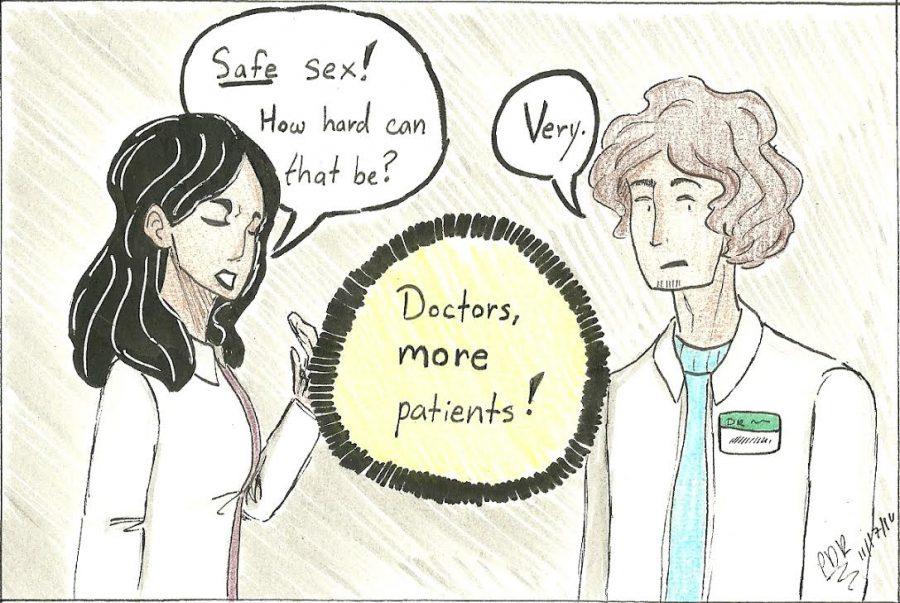STD Rates at An All-Time High
STDs are on the rise, especially among 15-24 year old Californians.
November 17, 2016
While sexually transmitted diseases, most commonly referred to as STDs, are not a prevalent topic amongst teens, it has now become more relevant to discuss them. STD’s are currently on the rise for young adults between the ages of 15-24 in California.
“Cases of syphilis, gonorrhea and chlamydia are going up in California at a concerning rate,” Dr. Karen Smith, director of the California Department of Public Health, according to the LA Times. “This is the second year in a row that we have seen increases in all three diseases.”
Chlamydia showed a 5.9% increase in 2015, and while it may be cured, it may cause infertility in women if left untreated. Women may also be subject to ectopic pregnancies, or pregnancies which take place outside of the uterus, if the disease is not addressed.
With Gonorrhea, both men and women are affected in places such as the throat, rectum, and the genitals. According to the NY Daily News, within the span of 2014 to 2015, there was increase in diagnosis among men 18.3% and for women 6.8%.
“STDs are a substantial health challenge facing the United States,” a CDC report summary says from the LA Times. “Each of these infections is a potential threat to an individual’s immediate and long-term health and well-being.”
The syphilis rate has soared for men and women. In men it has risen 18.1% and for women,23.7% from 2014 to 2015. This STD is highly contagious and ultimately worsens from a seemingly harmless bump sometimes to point of permanent blindness if left untreated.
This trend is alarming, but can logically be accredited by the fact of time. It is 2016, and while most are aware that these STDs are curable, we are desensitized to the severity of these diseases further ostracizing the issue.
As shared by the LA Times, “Compared with other states, California had the 22nd-highest rate of chlamydia, the 15th-highest rate of gonorrhea and the fourth-highest rate of primary and secondary syphilis.”
State officials cite the influence of media, less condom use, multiple partners, and better diagnoses within clinics as the reason behind increase in the rates of STDs. Certainly, however, there are preventative measures that can be practiced. These preventative measures consist of abstinence, reducing the number of sexual partners, hepatitis B and Human Papillomavirus (HPV) vaccines, and an overall increase in sexual education.
“We have reached a decisive moment for the nation,” said Dr. Jonathan Mermin, director of the CDC’s National Center for HIV/AIDS, Viral Hepatitis, STD, and TB Prevention, according to the LA Times. “We must mobilize, rebuild and expand services — or the human and economic burden will continue to grow.”















































